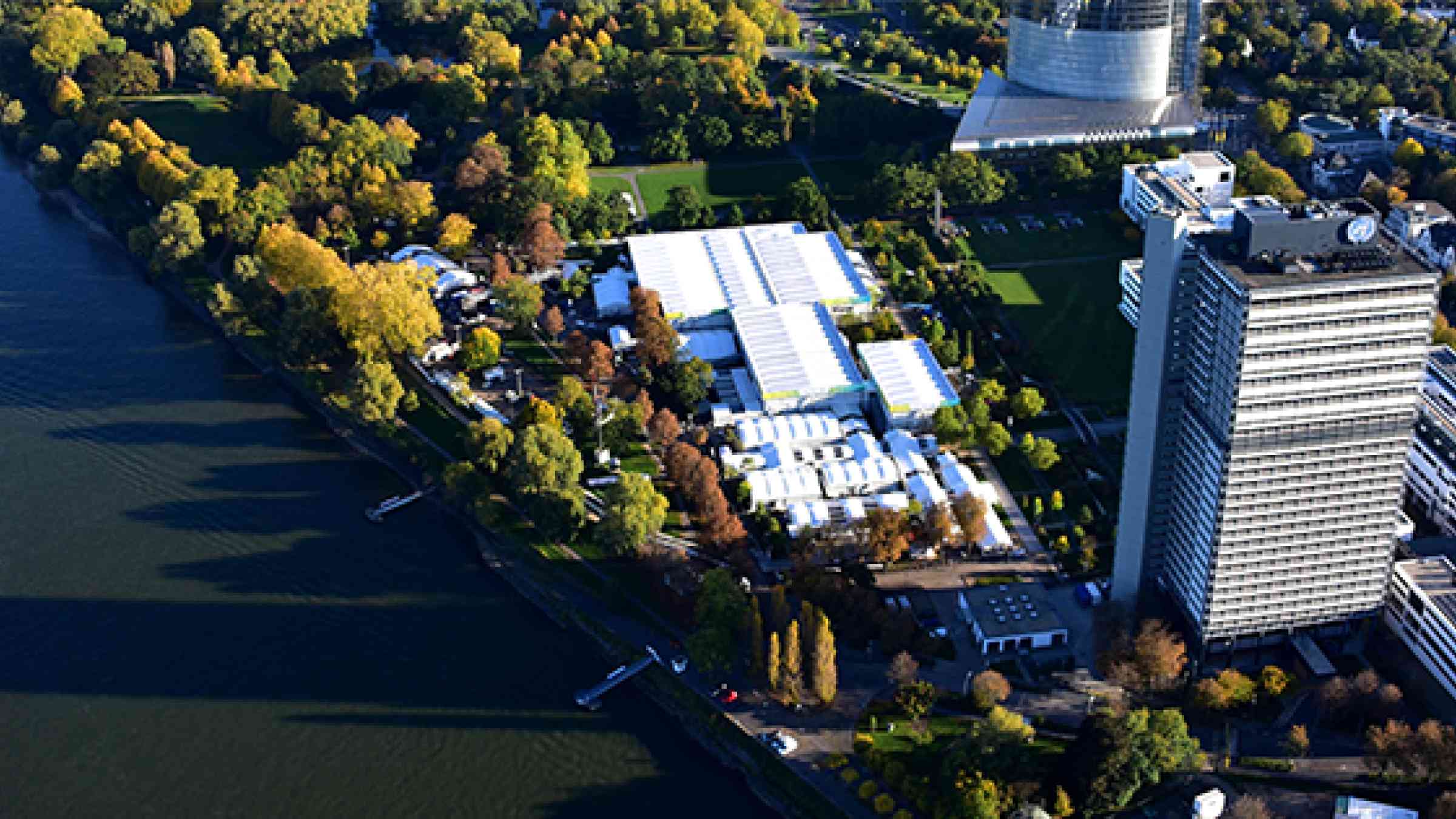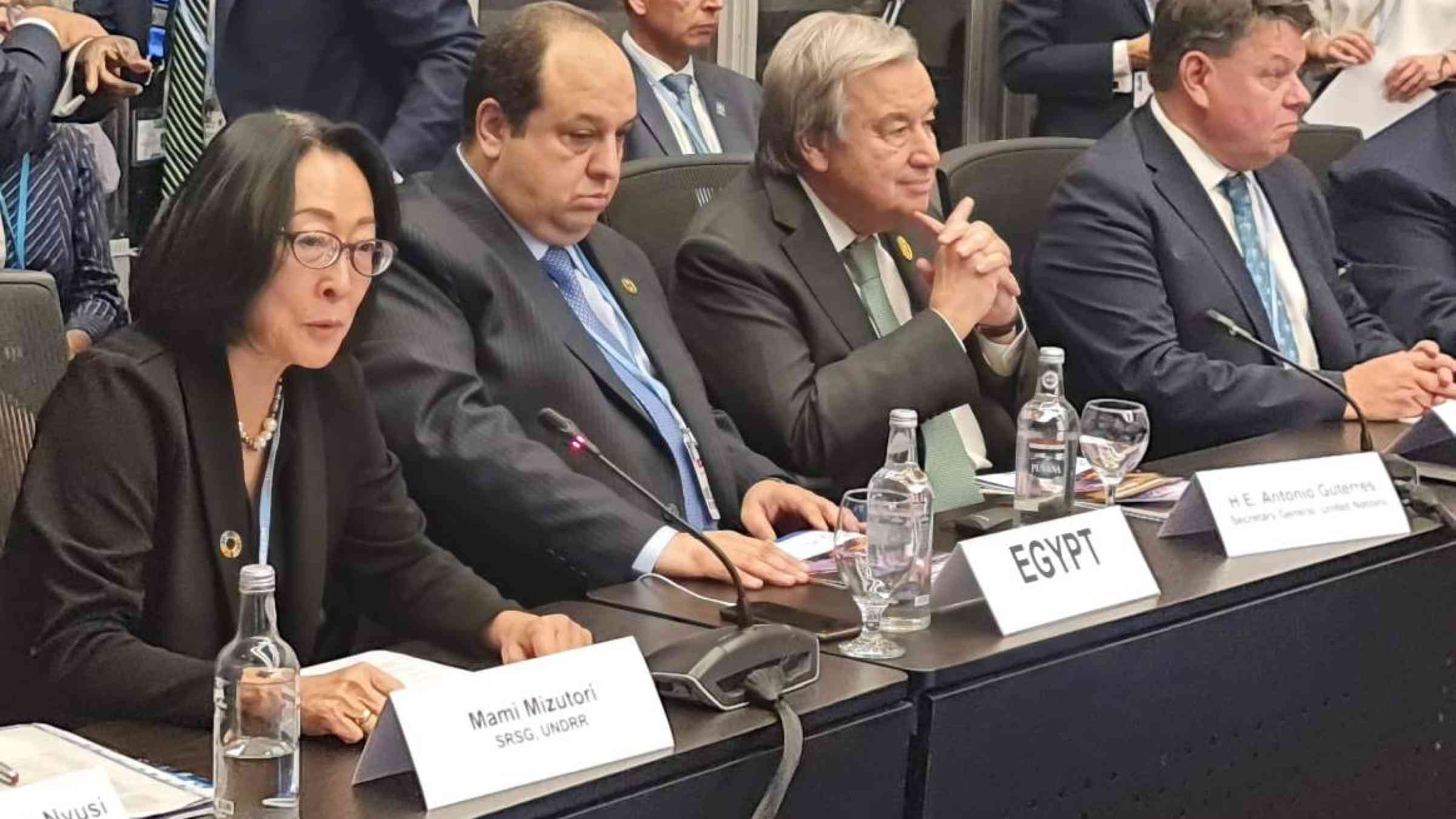With average global temperature increase already having reached 1.1°C, climate change is rapidly altering the risk profile of the planet, magnifying the magnitude, frequency and severity of disasters. Extreme weather events have doubled over the last 20-year period when compared with the previous twenty years.
The magnitude and rate of climate change and associated risks depend strongly on near-term mitigation and adaptation and risk-reducing actions. Risk-blind planning can — and in some cases already has — created new risks and resulted in maladaptation. Hence, risk reduction cannot occur without the use of climate information; climate change adaptation will not be successful without risk reduction.
UNDRR is committed to supporting countries achieve risk-informed and integrated approach to sustainable development. This is reflected in the new Strategic Framework 2022-2025 that identifies addressing the climate emergency as a high priority, embedded in the ‘accelerator’ on climate agenda and climate risk reduction, and reflected as a key result (Result 1.2) with clear deliverables.
A flagship initiative
This redirected focus on climate action is advanced through UNDRR’s flagship initiative, Comprehensive Disaster and Climate Risk Management (CRM). This is aligned with the Target E of the Sendai Framework for Disaster Risk Reduction that seeks to increase the number of countries with national and local disaster risk reduction strategies, wherein promotion of policy coherence with climate change, among others, is one of the defined principles. A comprehensive approach takes into consideration a number of factors to purposively strengthen synergies between disaster risk reduction and climate change adaptation, by identifying mutually beneficial opportunities across policies and programmes, while developing capacities of governments for cross-sectoral planning, and ensuring vertical alignment.
The CRM programme seeks to integrate risk-centred approaches into National Adaptation Plans (NAPs), and climate/forecast information into national and subnational disaster risk reduction strategies, aligning them better with the national adaptation goals. The CRM programme, hence, focuses on risks across different timescales – short, medium, long-term – and therefore using information from weather, seasonal and climate forecasts and predictions, and translating such information into meaningful information to enable more comprehensive planning and implementation.
Full-spectrum analysis
Building on risk understanding, including through the Risk-Information Exchange, the CRM programme promotes application of a full-spectrum analysis of risk in a country, provision of technical resources and guidance, and targeted capacity development. This is based on analysis of existing policy landscape between disaster risk reduction and climate change at various levels, while good practices are documented and disseminated.
Comprehensive risk management
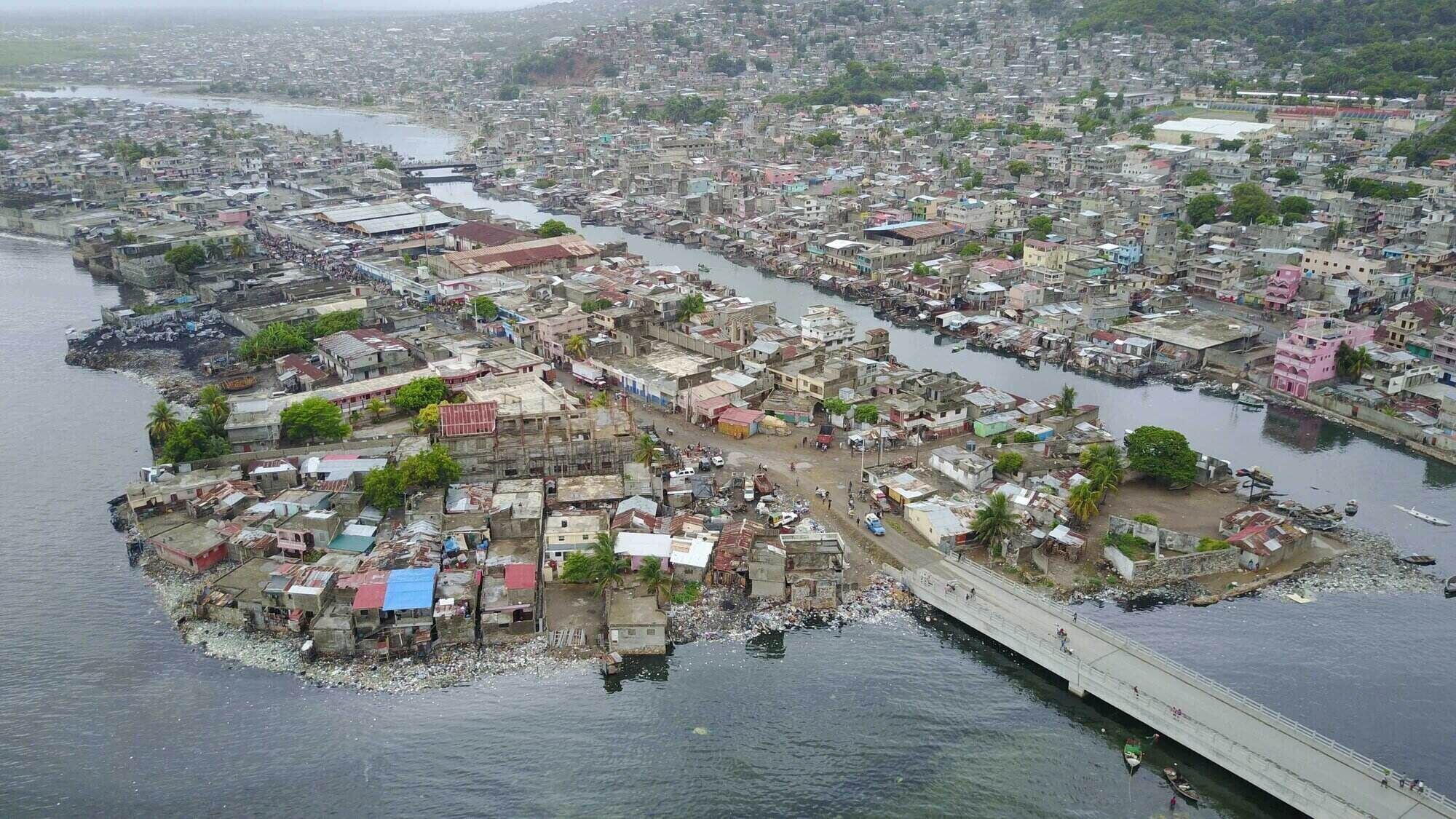
Climate and disaster risks are diverse, but interrelated, cascading and compounding. Managing risks in one area, without applying a holistic approach, has and can serve to create more risks in another area. This is the genesis and foundation of the comprehensive risk management approach.
In alignment with the Paris Agreement, which recognizes the importance of comprehensive risk management in Article 8, CRM encompasses collaborative efforts to enhance understanding, action, and support in averting, minimizing, and addressing loss and damage. It involves managing extreme and slow-onset events through near-, medium-, and long-term risk reduction and adaptation actions, while fostering active collaboration among government institutions, non-State actors, and stakeholders.

Contact the UNDRR Bonn Office
Today, more than ever, achieving sustainable development and successfully reducing disaster risk through the implementation of the Sendai Framework for Disaster Risk Reduction depends on policy coherence across sectors while ensuring the alignment of disaster risk reduction with climate action. By monitoring targets and related indicators of the Sendai Framework, the UNDRR Bonn Office advocates and promotes synergies between DRR, climate change and ultimately sustainable development.
BONN, GERMANY
UNDRR Office in Bonn
UN Campus
Platz der Vereinten Nationen 1
53113 Bonn
Germany
Phone: +49 228 8152000
Email: undrr-bonn@un.org
Web: www.undrr.org/bonn
Guidance and Technical Resources
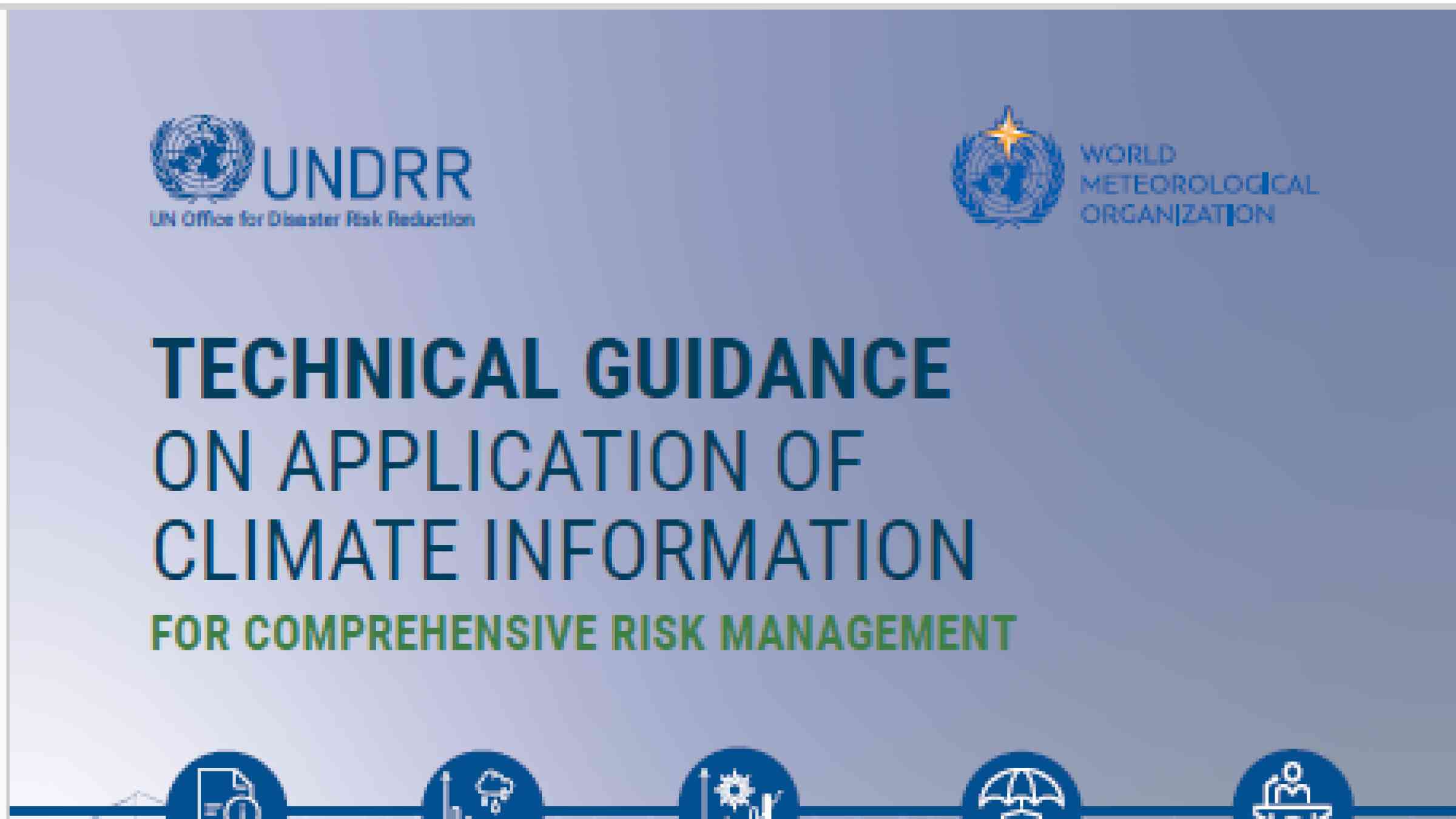
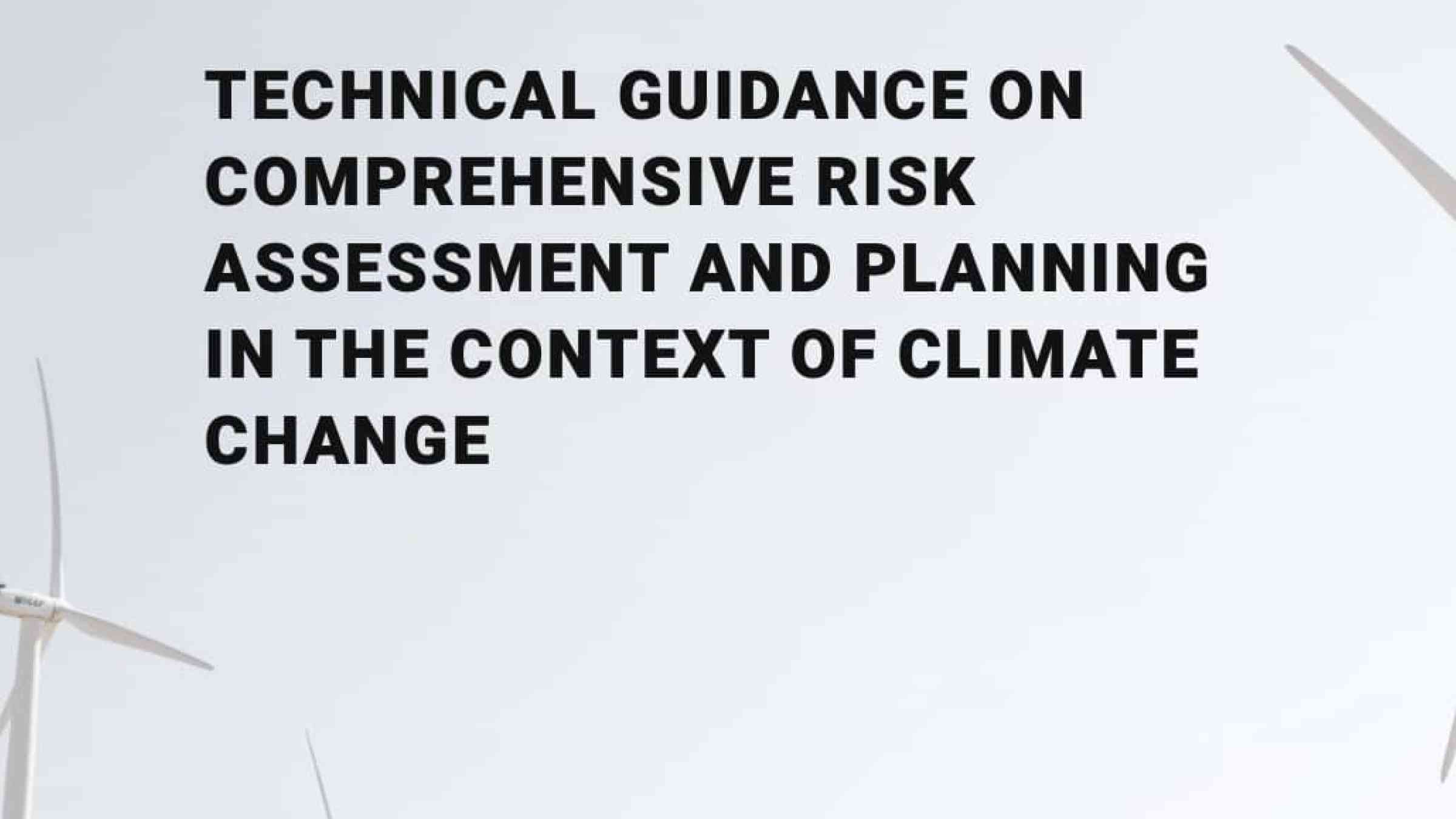
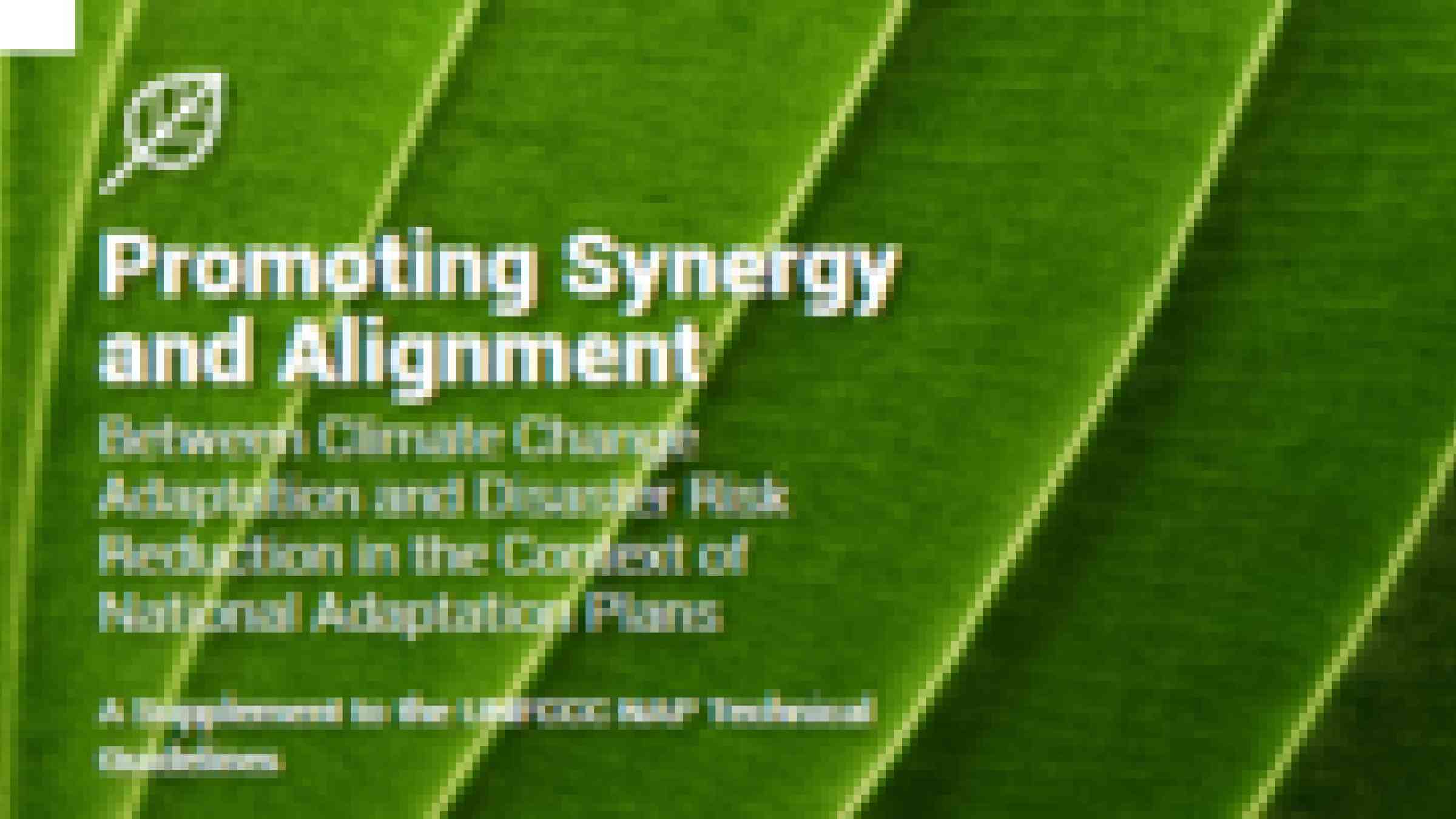
Additional resources:
- Checklist on CRM
- Modular training package on CRM:
- Comprehensive Disaster and Climate Risk Management,
- Comprehensive Risk Assessment,
- Module on Risk-Informed NAPs,
- Applying CRM in DRR Strategies
Words into Action Guidelines
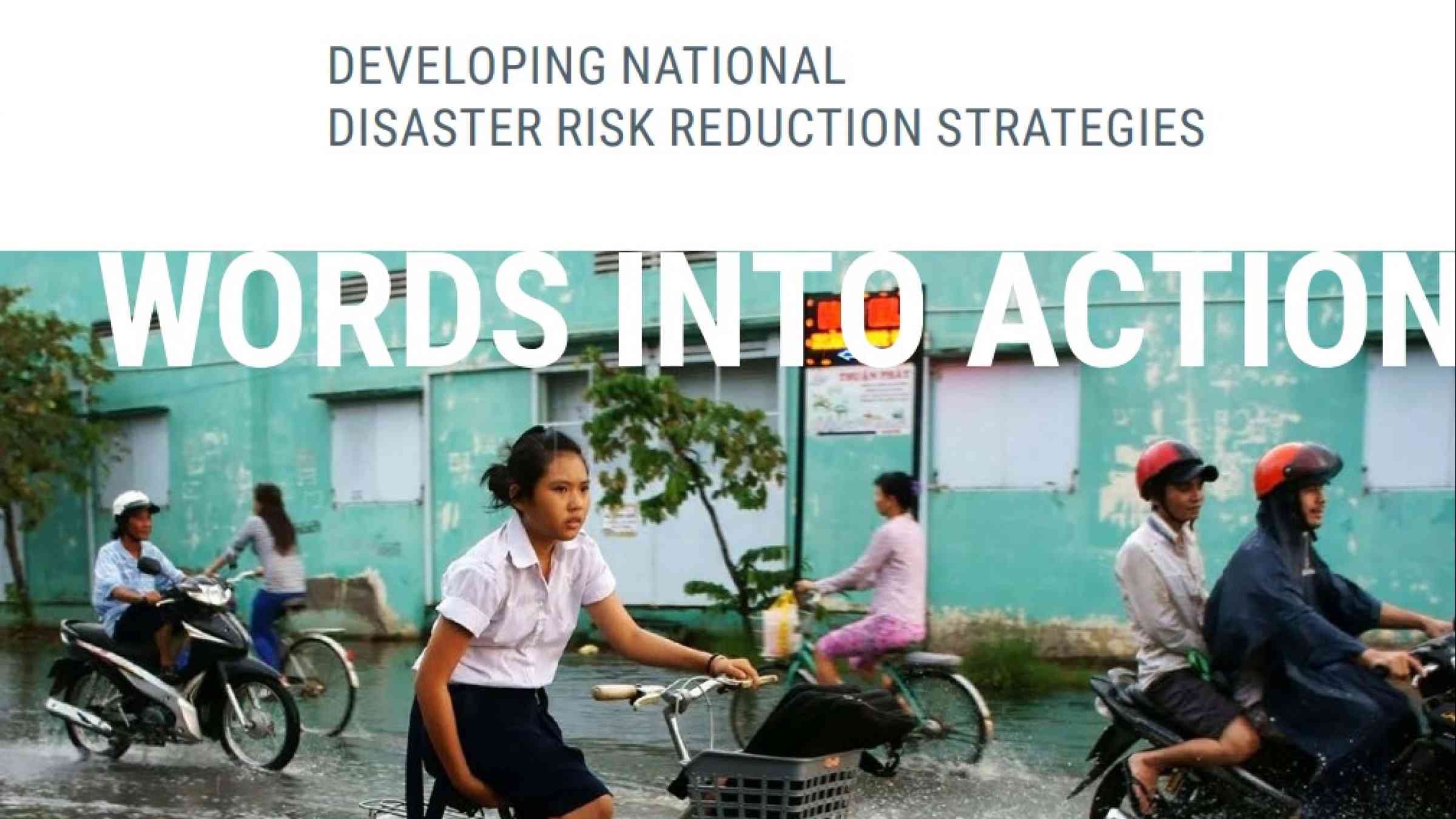
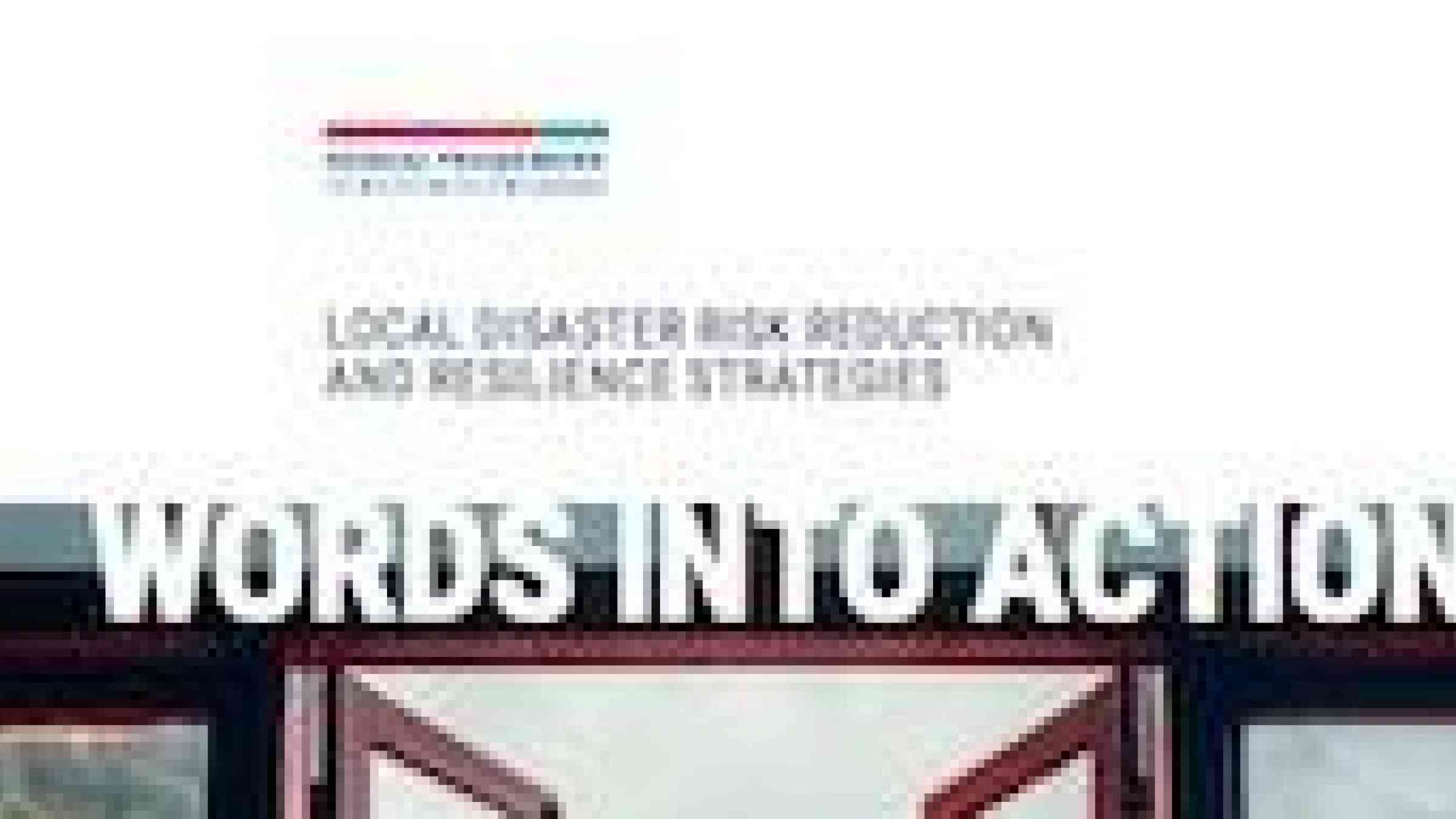
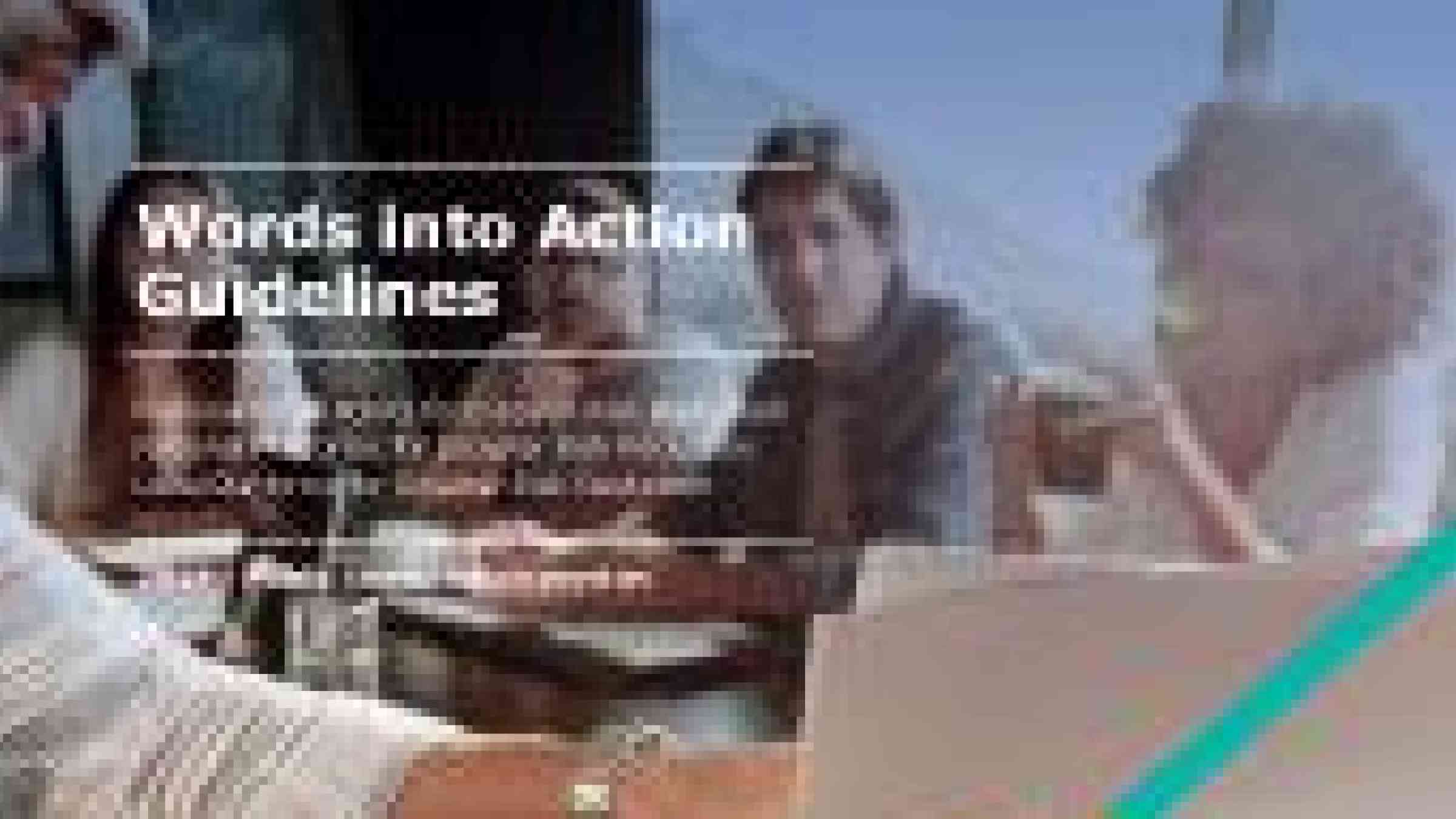
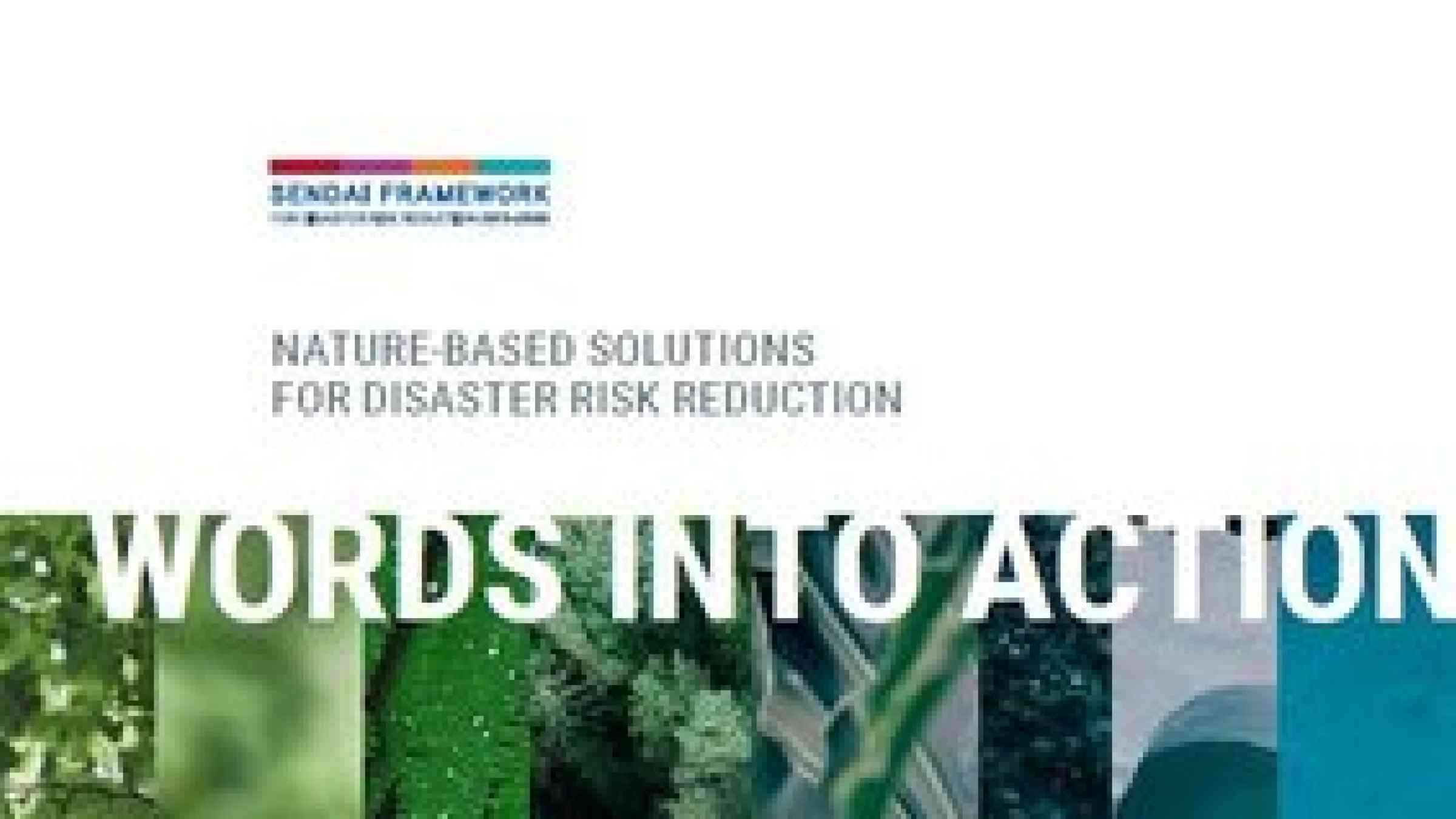
Research and Analysis
- Policy Brief: Disaster risk reduction and climate change
- Policy landscape analysis in Sub-Saharan Africa
- Analysis of DRR inclusion in national climate change commitments
- Policy landscape analysis in the Caribbean
- Policy landscape analysis in Asia-Pacific (forthcoming)
- Good practices and lessons in integrated planning (planned)
Capacity development is linked with other UNDRR’s areas of support including the Global Risk Assessment Framework, disaster loss accounting and Sendai Framework Monitoring. The approach is also relevant for Humanitarian Response Planning and UN Sustainable Development Cooperation Frameworks.
Advocacy, Coordination and Engagements
UNDRR further leverages its engagement in formal and intergovernmental processes at the global level to guide national and local planning, and applies country experiences to inform global processes – thus creating a policy-practice feedback loop. Key relevant UNFCCC Constituent Bodies, relevant to CRM include the Adaptation Committee (AC), Least Developed Countries Expert Group (LEG), and the Executive Committee of the Warsaw International Mechanism (WIM) for Loss and Damage, including in its Technical Expert Group on Comprehensive Risk Management (TEG-CRM). CRM is also a concrete UNDRR offer to the Santiago Network and will form a key component of the Centre of Excellence for Climate and Disaster Resilience.
CRM is also contributing to global networks, for instance, UNDRR offers CRM as a programmatic approach to help the Risk-Informed Early Action Partnership (REAP) achieve its Target 1. UNDRR co-leads the working group on this target.
The programme follows a partnership approach to planning and implementation to ensure the outputs are put to practice by governments and partners organisations, including those engaged in sectoral risk management and adaptation (e.g. agro-food and environment sectors). UNDRR also actively engages in relevant UN inter-agency mechanisms for climate change adaptation and disaster risk reduction to identify gaps and complement efforts.


